Common Threads is a third space designed for CoFA students at UT Austin.
CASE STUDY
Creating a dynamic communal third space to help College of Fine Arts students integrate and flourish in their new and uncertain environments.
TYPE
Service Design, Design Research
TEAM
Bassell Alsad, Miriam Echevarria Lopez, Serena Trang, Mili Dhru
DURATION
14 weeks - Fall 2024
STAKEHOLDERS
UT Healthyhorns, College of Fine Arts
Project Overview
About
The University of Texas at Austin’s College of Fine Arts (CoFA) consists of around 1,600 undergraduate students, 400 graduate students and 300 faculty members. CoFA places a strong emphasis on advancing the arts through research and the development of new work, a commitment shared across its various departments dedicated to the studies of visual arts, music, theatre, dance and design. While CoFA faculty already takes great measures to prioritize students' mental health and well-being, the college aims to strengthen its partnership with Healthyhorns—the umbrella brand at UT that encompasses University Health Services, the Counseling and Mental Health Center, and the Longhorn Wellness Center—to encourage students to utilize the university's mental health resources.
Scoping the Project
Our target population was broadly defined as incoming students in the College of Fine Arts. After deliberation, we chose to focus on freshmen rather than graduate students, as we hypothesized that the transition to college is likely a more significant life adjustment for freshmen. As a result, they may benefit more from a novel mental health service specifically geared towards their unique backgrounds while also learning about / actively leveraging the mental health resources already available on campus.
Challenge
Our challenge was to understand and address the mental health / wellbeing challenges of incoming CoFA freshmen at UT in order to design a service-oriented solution for them. This service would be managed and maintained by UT’s healthyhorns and would allow CoFA and healthyhorns to strengthen their interorganizational relationship while also supporting College of Fine Arts students. My team used a combination of qualitative research methods to better understand students’ experiences with managing their mental health, contributing factors, and current gaps in access to care. Based on the research insights, we hypothesized that a dynamic, communal third space would help CoFA students integrate into college life, potentially alleviating some of the mental health challenges they face during this transition while also raising awareness of campus mental health resources.
01. Research
Research Goal
Our overarching research goal was to explore CoFA freshmen's emotional and mental health journeys during their transition to college, identifying key factors, pain points and support gaps to inform our service solution.
Secondary Research
Through our secondary research, we sought to identify all of the known challenges that currently exist in this problem space. To get the ball rolling, my team and I brainstormed some potential challenges we hypothesized as being stressors for incoming freshmen students and when we believed these stressors would influence students the most.
We then started combing through the literature to validate our hypotheses and determine what we were missing. We discovered a few key stressors that remained consistent throughout the resources we referenced and highlighted the ones that were most prevalent.
Research Plan
We created a triangular framework categorized by contextual, systemic, individual and analogous questions to comprehensively examine the problem space from a more macro to micro level. This helped us not only understand broader environmental and cultural influences, but also the institutional structures shaping students' mental health experiences, personal insights into their emotional journeys, and takeaways we could leverage from parallel systems. This layered approach allowed us to uncover deeper insights and ensure our primary research remained robust.
Our primary research methods included intercepts, interviews, and an immersive experience into the UHS services.
Synthesis
After wrapping up the primary research, we started moving from patterns and themes to analysis and insight exploration. We developed seven key insights that uncovered meaningful opportunity areas for service implementation.
Our synthesis process and board — color-coordinated based on observations, patterns, quotes, and analyses from our research.
02. Define
To identify the critical leverage points at which our potential solution could create the most impact, we mapped our insights along the axes of pain points and causality, selecting two to move forward with. We prioritized two insights due to their likely effectiveness of addressing students’ pain points and alignment with project goals.
Defining our insights then allowed us to develop some corresponding “How Might We?” statements to guide our concept development process.
03. Ideate
Brainstorming
Based on our selected insights and related HMW questions, we conducted a brainstorming workshop to begin ideating. We used the Crazy 8’s and FOG (Facts, Opinions, Guesses) exercises to quickly generate a diversity of ideas without over-analyzing, think critically about information and separate assumptions from evidence.
Above (FOG: Facts, Opinions, Guesses) and Right (Crazy 8’s) — Structured ideation activities that challenge assumptions and spark rapid, diverse ideas through eight quick categories in eight minutes.
Concept Prioritization
To determine the direction of our solution, we plotted all of our ideas on a 2x2 matrix and evaluated them on impact vs. feasibility, prioritizing each idea as we went along. Our final selection consisted of four different solutions — a low-stakes class structure, a local Austin exploration program, a weekend out-of-state retreat program and a third space for students to mingle and explore various creative outlets.
We ultimately decided to move forward with CoFA Learns – a stress-free, socially supportive class designed to help freshmen build meaningful connections as part of their core first-year courses.
While we sought to introduce a fresh approach, we also wanted to leverage existing structures at UT to streamline implementation.
We researched FIGs and UGS Signature courses, which help first-year students navigate the university experience through small cohorts, mentorship, and shared seminars.
CoFA Learns would distinguish itself by removing academic pressures like homework and exams, focusing instead on encouraging social interaction and relationship-building through creative, low-stakes activities that are designed for connection rather than coursework.
Design Principles + Concept Development
Our design principles for CoFA Learns focused on fostering meaningful and lasting connections among College of Fine Arts freshmen through intentional program elements. After finalizing these design principles, we were able to fully flesh out the CoFA Learns concept.
Illustration credits: Serena Trang
04. Prototype
Rapid Prototyping + Feedback
To test the initial concept with our target population, we created a prototypical class structure that could simulate what a real class would look like. We reached out to four of our previous interview participants to request some time to run our prototype and provide feedback.
Two of our team members also posed as fellow classmates in the class to give the walkthrough a more realistic feel, and after concluding the prototype, we debriefed with the students to listen to their thoughts on our concept. Their feedback from the prototype walk through-was invaluable.
Although they expressed that the idea had potential, we learned that it fell short in several critical areas.
Based on the key pieces of feedback we received from our student participants, we asked ourselves a critical question –
How might we support students’ mental health with a solution that avoids the structure and stressors of a traditional class, ensuring it feels restorative and engaging rather than an additional obligation?
Luckily, we did not have to backtrack too far – we re-evaluated our four finalized concepts from the ideation process and realized one of our previously pitched ideas actually aligned with our selected insights more effectively.
So, we decided to pivot.
05. Pivot
Strategy
The concept we had imagined of a dynamic, communal third space for CoFA students reinvigorated our design journey. We redefined our design guidelines and experience principles to better reflect the requirements of this new service solution and met with our Healthyhorns stakeholder to propose the concept. She pointed us in the direction of a few analogous student wellness centers on campus and their faculty coordinators for us to look into. We also scoped the UT campus for potential facilities that we could leverage to implement our solution.
Keeping our participant feedback, visits to analogous spaces, design / experience principles and research insights in mind, we began fully fleshing out the details of Common Threads, our third space solution.
Round II Intercepts
Time was especially of the essence after our pivot, so we conducted a rapid round of intercepts and pitched students our idea to generate some quick feedback on the new concept. We walked them through the high-level components of Common Threads, and then provided clarity on detailed processes with the help of a storyboard.
Intercept Feedback
Through our intercepts, we learned that students had preferences for the physical environment and wellness features included within Common Threads and prioritized availability of food and beverage options. They also shared some insight into their current experiences visiting third spaces.
Concept Refinement
Based on the feedback we received through our second round of intercepts and our revised design principles, we refined the concept for our third space.
Rough floor plan of Common Threads
Service Blueprint
With more of our concept defined, we wanted to establish a comprehensive plan of the entire service journey for Common Threads. We created a service blueprint to visually map out the holistic experience, including visible touchpoints, backstage processes, key roles and operational considerations.
06. Final Proposal + Takeaways
Embracing the iterative nature of design.
We realized we needed to pivot after progressing through a significant portion of the design process, and this sudden change made our team feel reluctant. We had limited time to test, validate and fully flesh out our new concept, but we collectively believed that prioritizing the users’ needs was of utmost importance. Looking back, this pivot taught us how to remain adaptable in the face of uncertainty, collaborate effectively as a team and embrace failure while still keeping the people we are designing for top of mind.
The importance of balancing trade-offs.
As we moved into ideation we quickly realized the bitter truth of “not being able to design for everyone.” There were features desired by certain users that were insignificant to others and vice versa, but we learned the importance of making informed, justified trade-offs that were rooted in our research to prevent diluting the experience for our core users and instead prioritize solving for their needs and pain points. We concluded that the key is to design with intentional exclusions, ensuring the solution works well for the people who need it most.
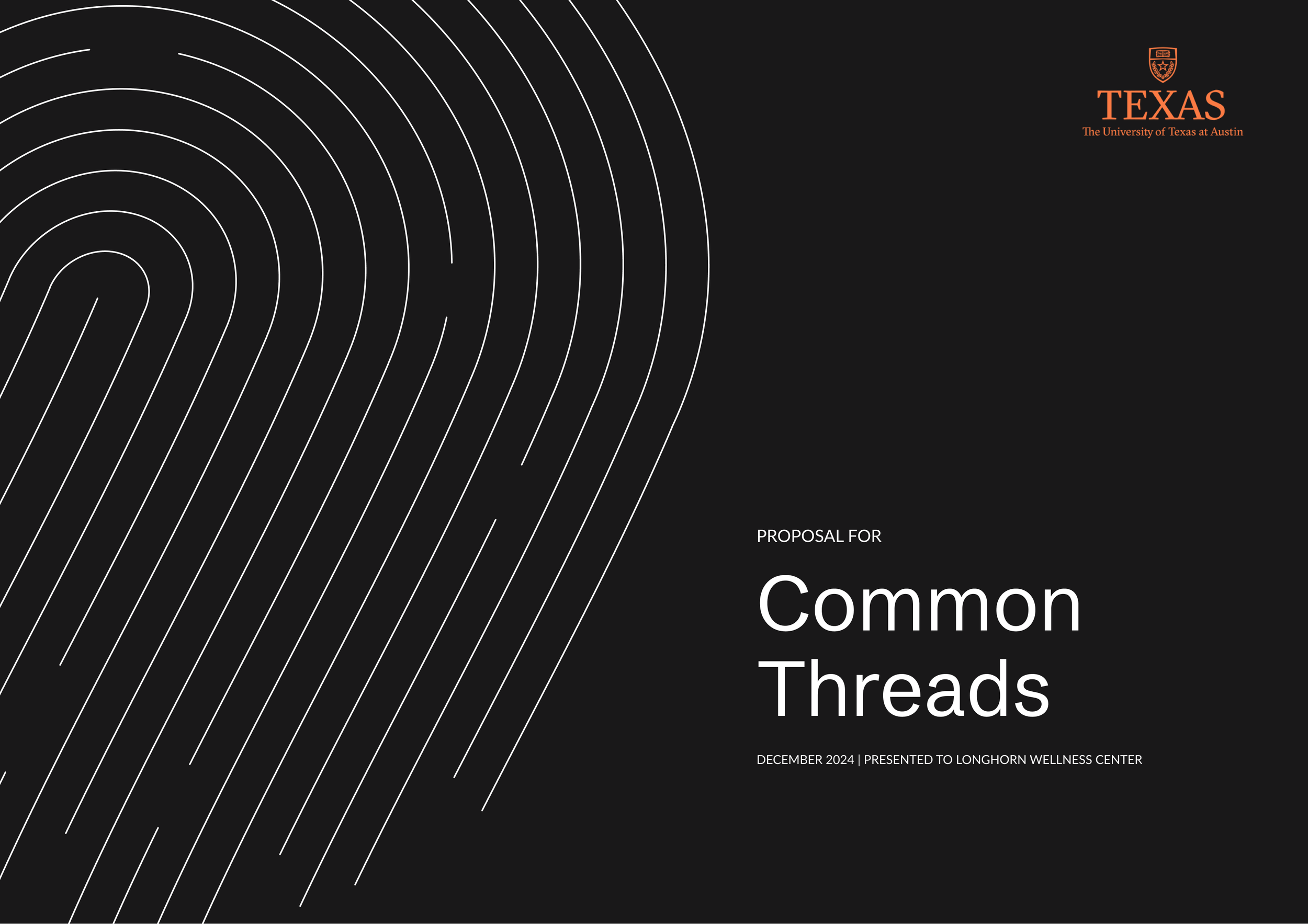

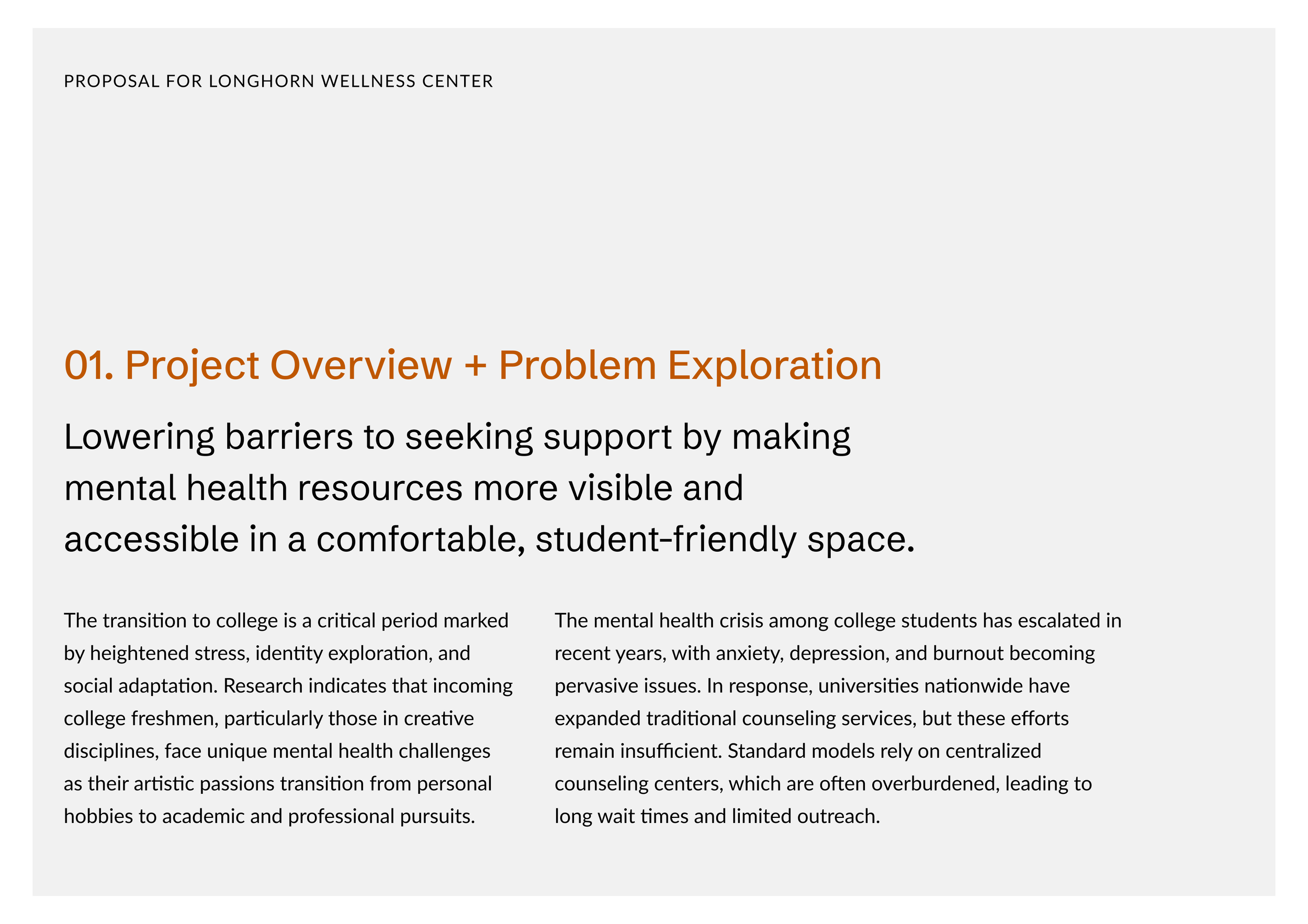
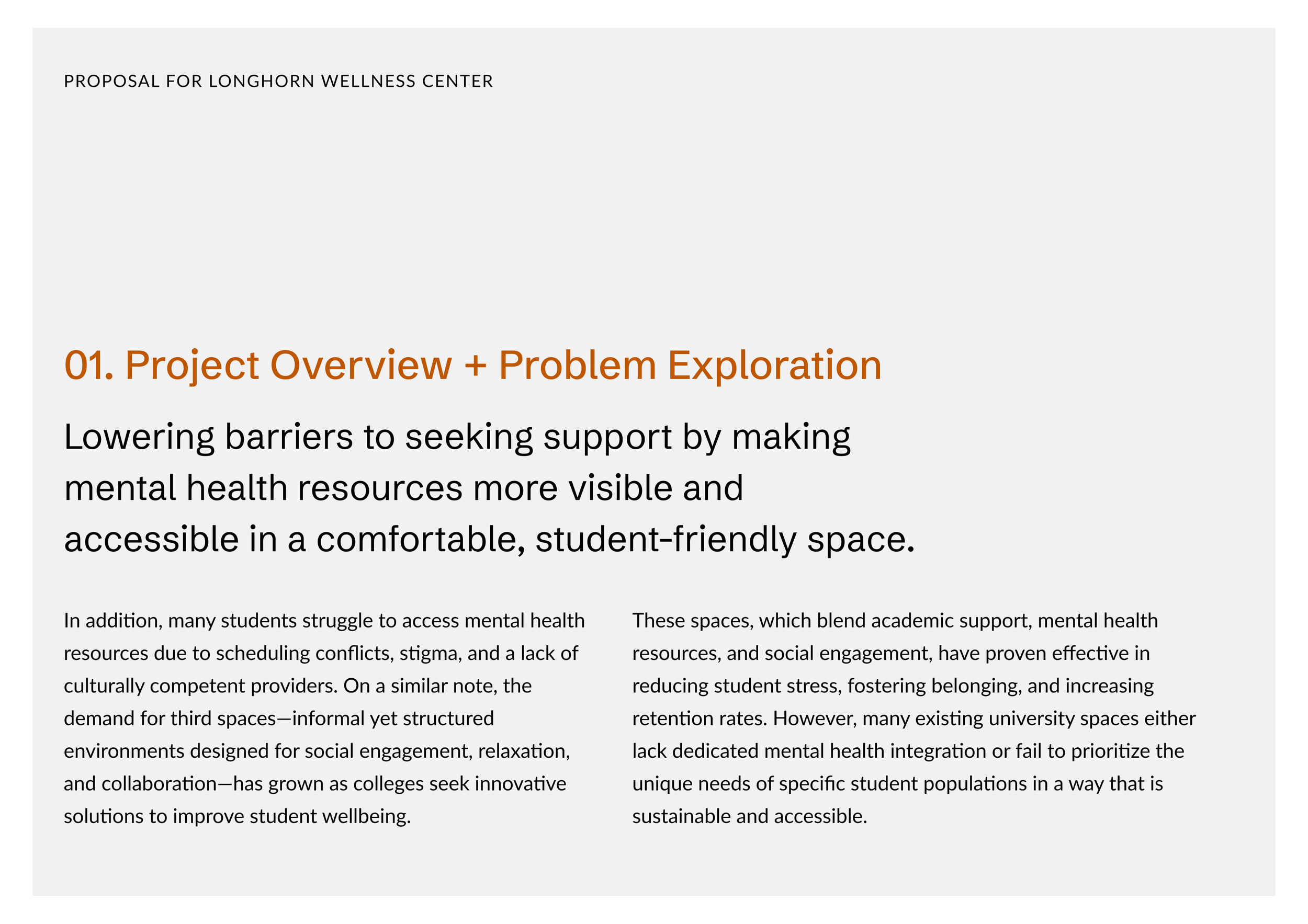


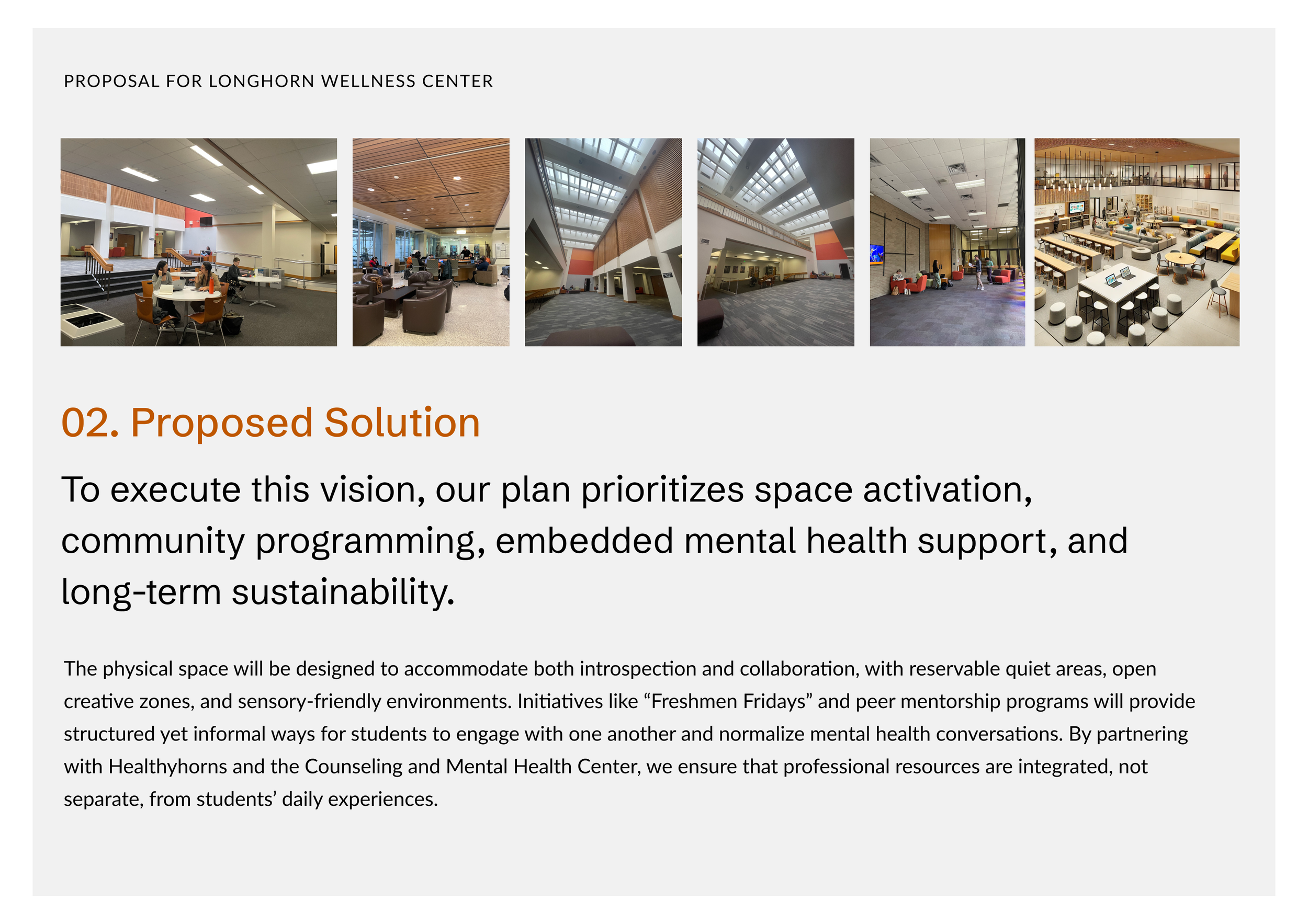

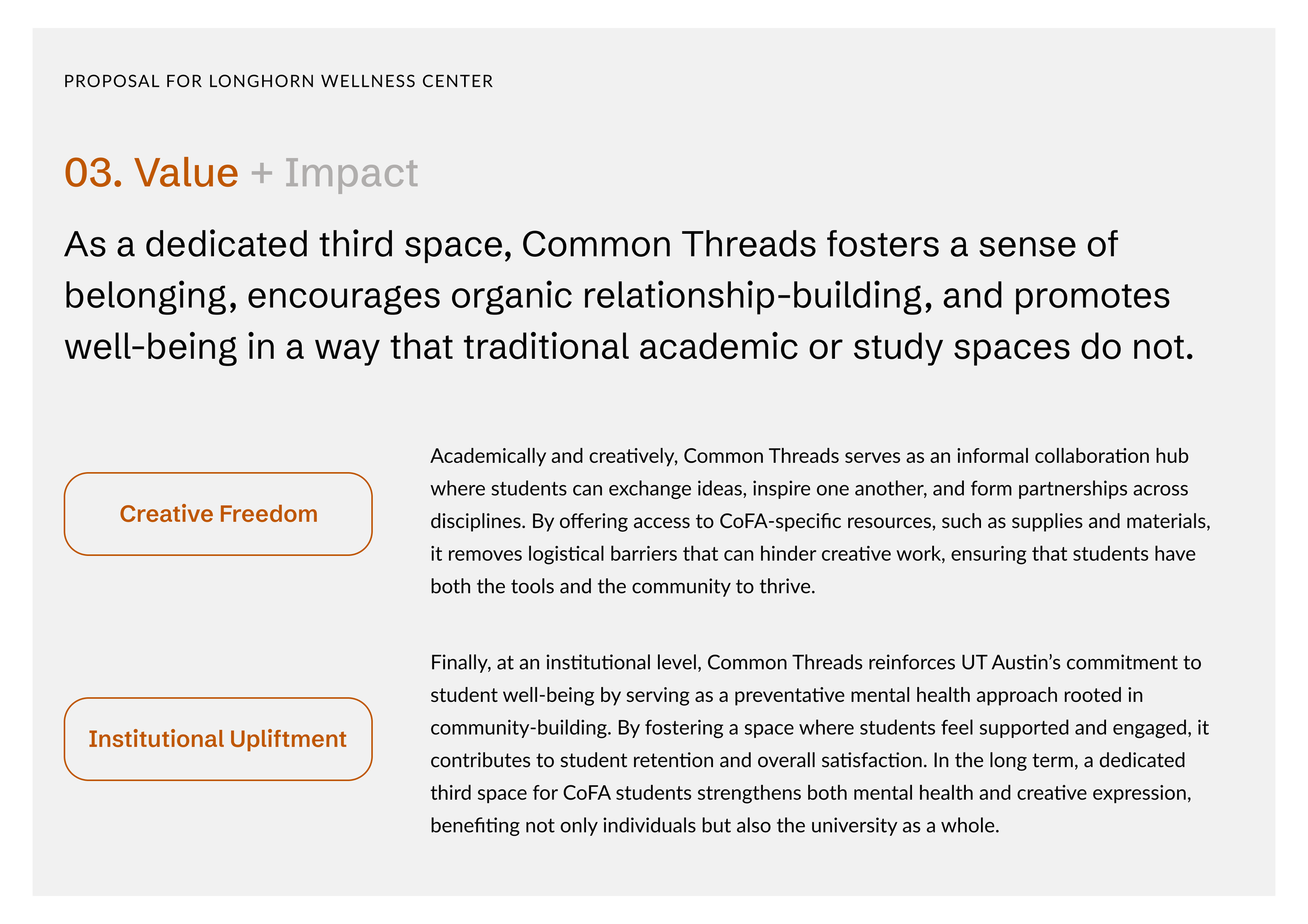
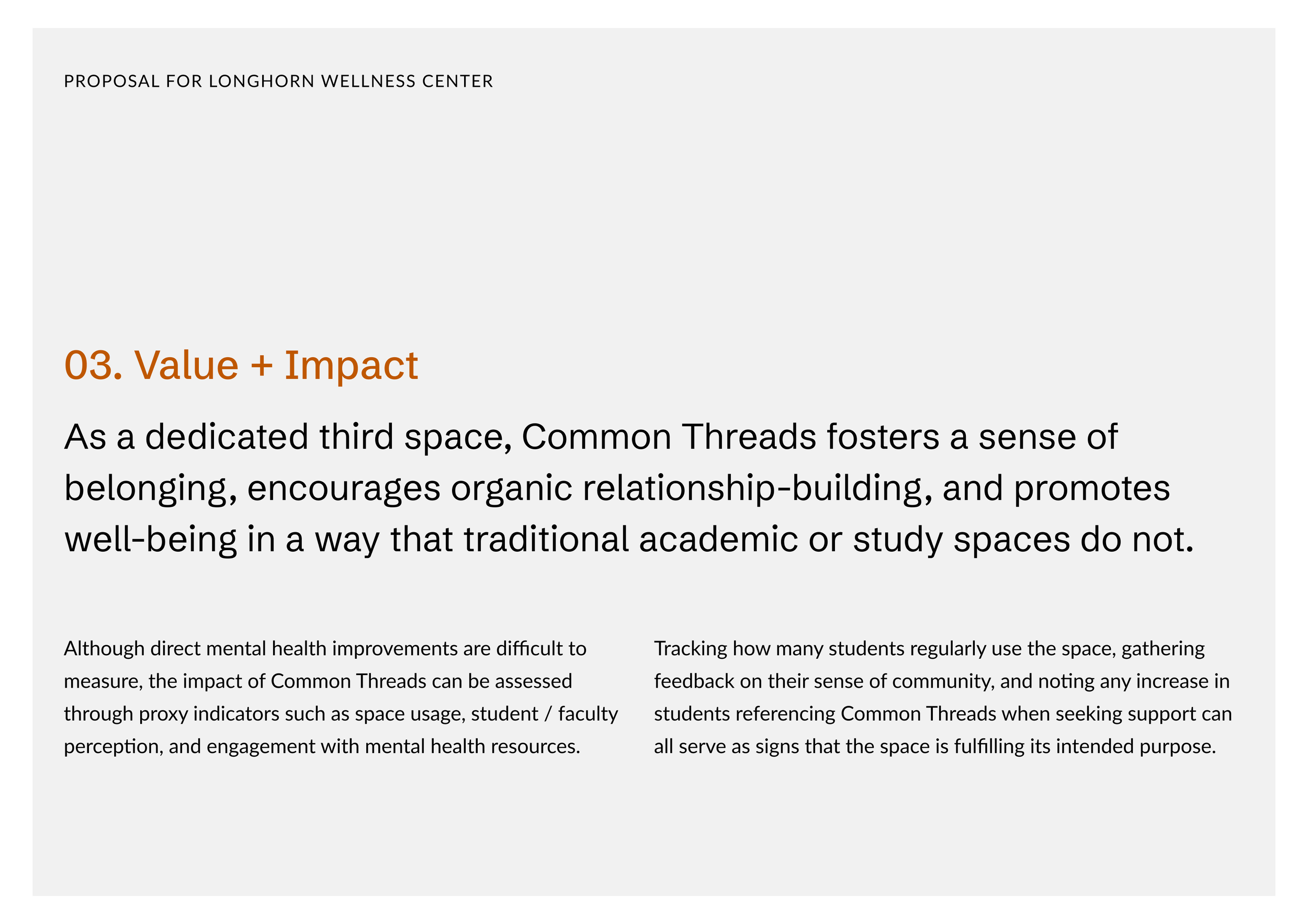
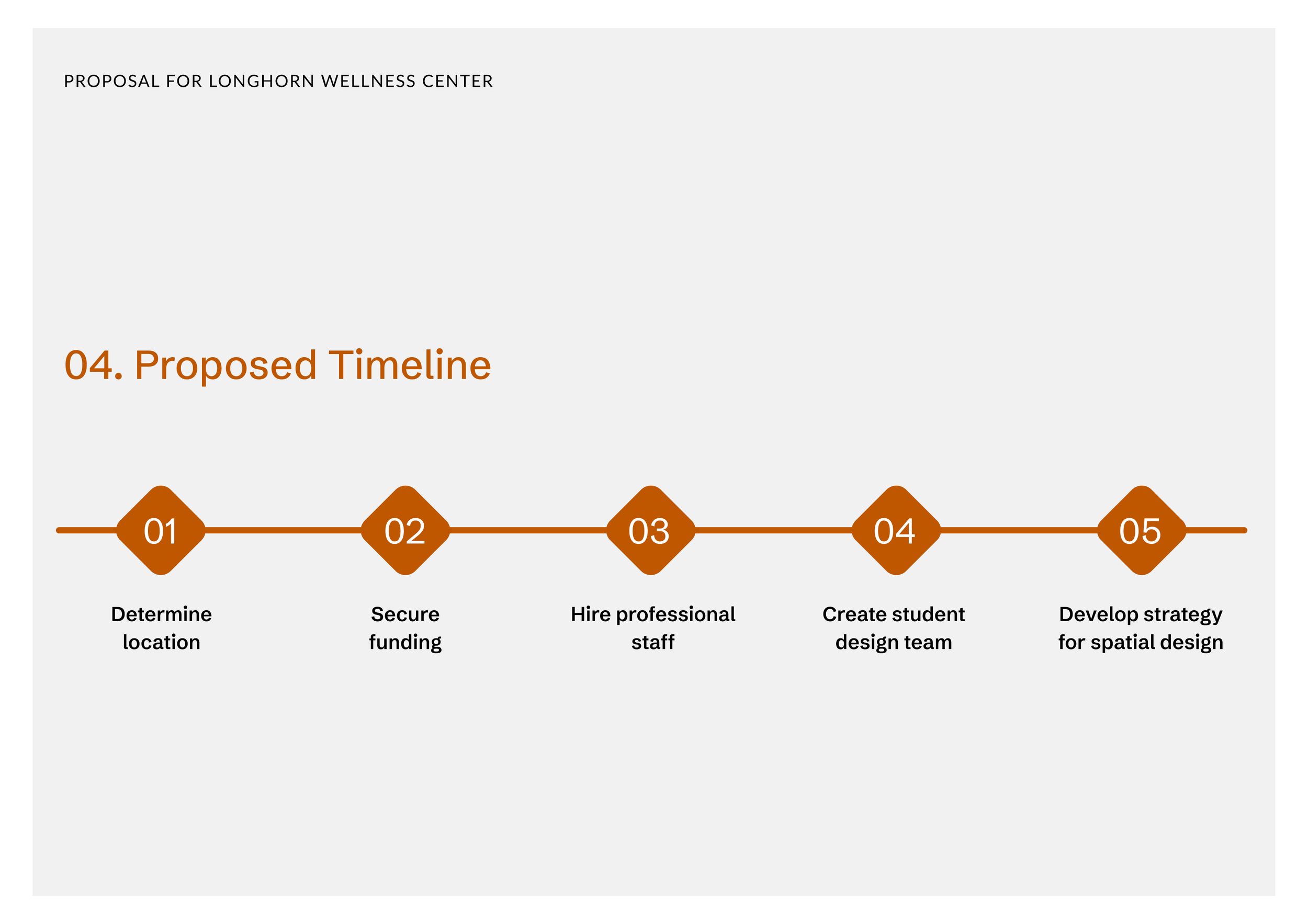

Thank you for stopping by! If you’d like to check out our whole presentation, click here.
My wonderful teammates! From left: Bassell Alsad, Miriam Echevarria Lopez, Serena Trang





























